What are the different forms of maca to eat?

Is important to know the different types of maca, how to consume them and the benefits each type brings. There are five main different forms of maca, each has different properties and characteristics. It is extremely important to check the label of any maca product to know the preparation and how to consume it, this way you are getting the health benefits from the plant and more importantly, you are avoiding any possibility to put your health at risk.
Fresh maca (Maca Fresca) – Although fresh maca is a good source of carbohydrates, minerals, fatty acids and glucosinolates, it lacks bioactive macamides, which are the key therapeutic component of maca, component we get when it has been dried. That is why, in Peru maca is rarely consumed fresh, it does not have medicinal properties this way. When it is consumed fresh, it is usually boiled and processed like a potato in soups or stews due to its carbohydrates and mineral content.
Dried maca (Maca Seca) – This is the most common way they consume maca in Junin (Peru). They air dry fresh maca for 3 months at altitude during the dry season from July to October. Dry maca is usually consumed boiled in teas, porridges, soups, and stews. The most consumed Incan tea from the region of Junin is a mix of cinnamon, cloves, dried maca pellets and often pieces of fruit like green apple, pineapple, or peach. Sometimes this tea can be mixed with quinoa or oats for a more porridge-like consistency and is mixed with milk in the mornings, and it is considered as a powerful drink. And they are right, dried maca has been shown to have 10x higher levels of total macamides compared to fresh maca, it is considered more bioactive and preferable for therapeutic use.

Figure - The five main different types of maca and how to prepare them to best get their properties
There are three types of maca powder available for export: raw maca, activated (gelatinised) maca and concentrated (atomised) maca.
Raw maca (harina de maca) – is the result of milling the dried maca roots until we get a fine powder. Raw maca has a big starch, bacteria, yeast and mould content; and that is the main reason it needs to be boiled and cooked; not just because this way we “activate” the macamides; but also, because this content of high starch levels, glucosinolates, mould and aflatoxins, can put your health at risk. It is often boiled into tea, porridges, soups, and stews, or used in baking as well. Raw maca by itself has a strong “earthy” flavour and is quite tart and odorous, leaving an unpleasant taste in the mouth. Our advice is to never eat raw maca.
Activated (gelatinised) maca (maca gelatinizada) – This type of maca can be cooked or eaten straight in raw foods, that makes it the most versatile type of maca. This is a more potent bioactive powder, with a higher macamide concentration, low starch content and is sanitised to protect your gut biome. Activated (gelatinised) maca is the result of an industrial technique that enhances the traditional Incan cooking by applying pressured heating to raw maca powder at 140° C for approximately 10 seconds. Activated maca has a sweeter, more palatable malt caramel flavour that allows it to be consumed raw or cooked. This is why It has become the most exported powder out of Peru and the most versatile and ideal for modern healthy lifestyles, as it can be consumed in smoothies, bliss balls, lattes and raw food applications.NB activated (gelatinised) maca DOES NOT contain gelatin – it is 100% vegan friendly.
Atomised (extracted) maca (extracto de maca) – This is a pre-cooked extraction of raw maca from water and plant-based alcohol. It simulates traditional maceration of dry maca roots for the purpose of concentrating the bioactives. This high-potency formula of maca is 10x more active than raw maca. It has a very high concentration of macamides and is designed for specific therapeutic use in treatment of acute or chronic conditions. This maca powder rapidly absorbs water and oxidises, so it must be stored in air-tight containers and away from moisture. As it has a sweeter caramel flavour, is ideal to consume it straight in water, tea, juices or smoothies.

(Left) Raw maca powder must always be consumed cooked.
(Middle) Activated maca does not need to be cooked and is ready to eat.
(Right) Concentrated maca is the high-dose extract of raw maca it can be consumed straight and is 10x more potent and faster acting.
Find the right maca for you
- Menopause
- PMS or hormonal imbalances
- Fertility and libido - Women
- Body shape - enhanced curves
- Fertility - Men
- Inflammation - anxiety - chronic stress
- Libido and sexual function - Men
- Prostate function
- Chronic fatigue
- Immunity
- Thyroid issues
- General stress and fatigue
- Metabolic syndrome
- Mental Health
- Bone Density
- Athletic performance
- Neurological conditions
- Muscle building
Learn more about maca

Maca Powder Versus Maca Capsules: Which Is Better?
Maca powder and maca capsules are both derived from the root of the maca plant and offer the same health...

Ways To Consume Maca Powder (With Recipes)
Maca powder is a versatile superfood derived from the maca root. It can be consumed in a variety of ways....
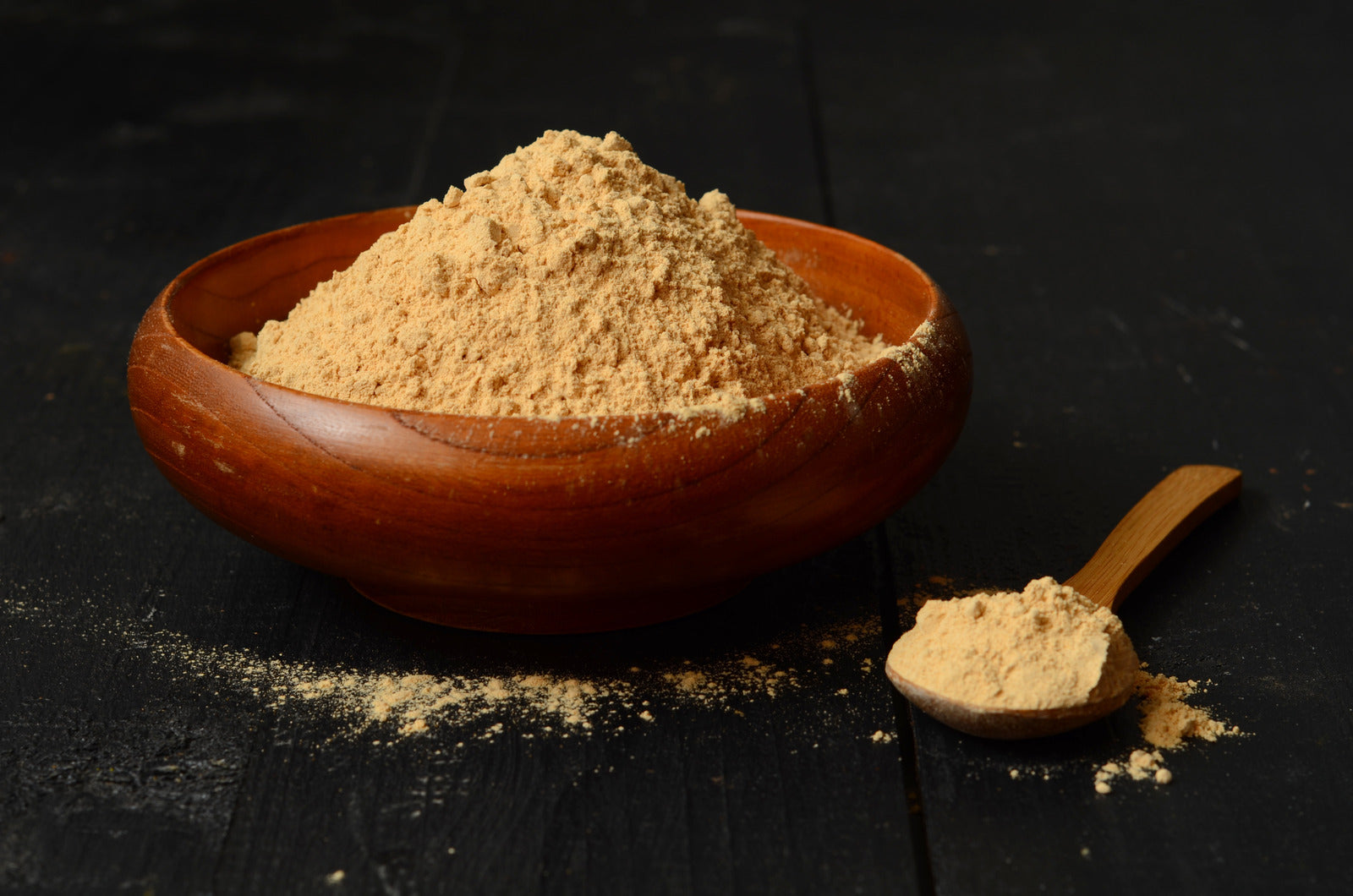
10 Surprising Benefits Of Black Maca
Black maca root is a root vegetable touted for its many health benefits as well as the versatile uses of...
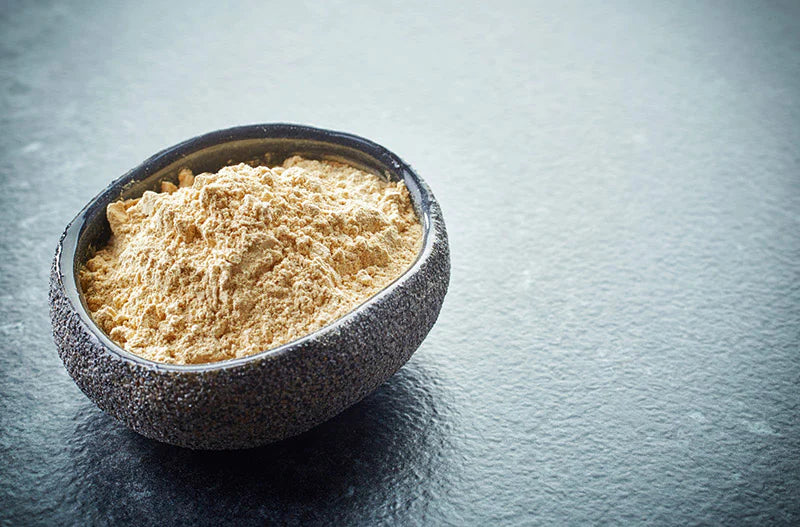
The Benefits Of Maca Powder
Maca is a cruciferous root vegetable that comes from Peru. It is nicknamed the Peruvian ginseng, even though it has...
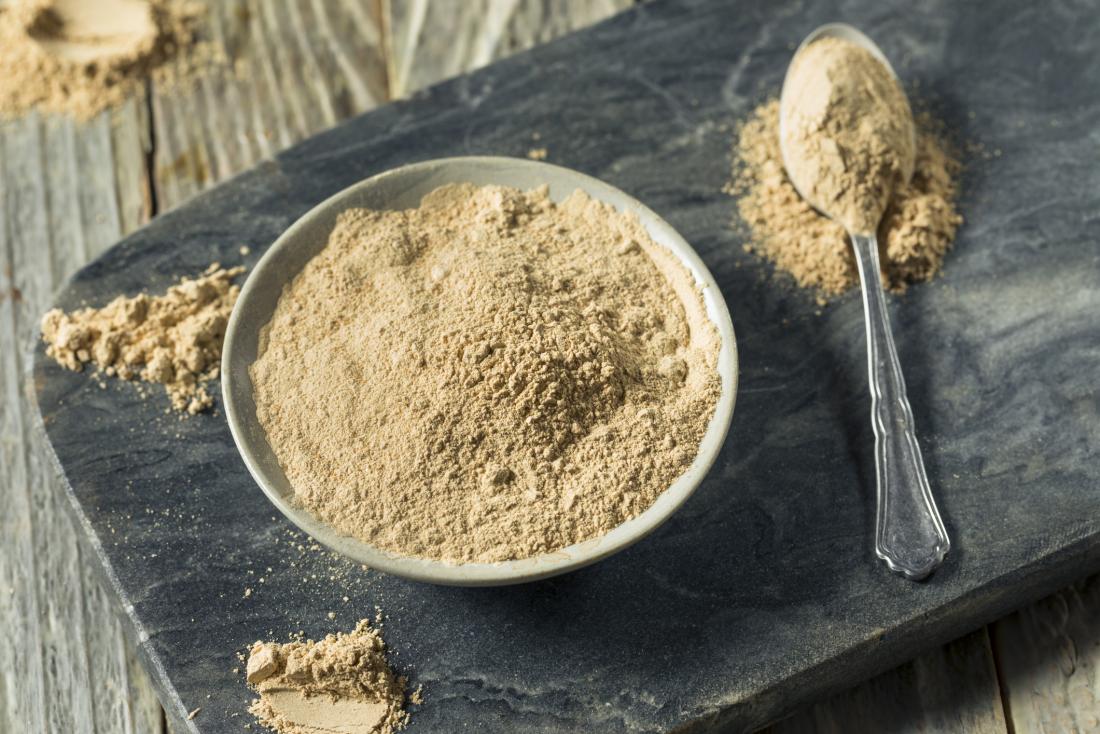
Maca Powder And How To Use It
At Seleno Health, we combine ancient plant wisdom with modern science to bring you natural health and wellbeing. We have...
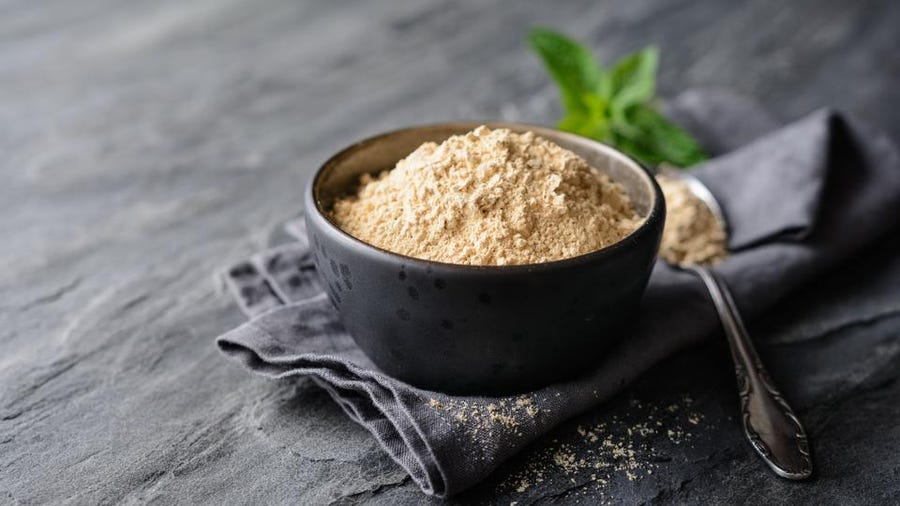
Maca Capsules Vs Maca Powder
Our NZ maca capsules for men and women have been scientifically measured and compiled in laboratory conditions to deliver the...
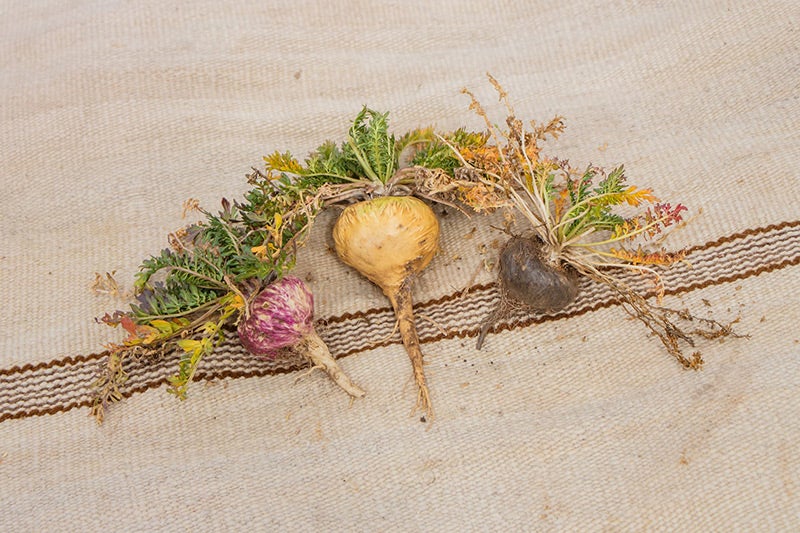
Yellow maca vs red maca vs black maca NZ - maca colours explained
For centuries the people of Peru have used the different colours of maca root for different healing benefits. New scientific...

What are the benefits of maca root for your health and wellbeing
Maca root has many benefits for your health and wellbeing; for instance, it improves the functioning of your endocrine system...

How does maca work?
Maca is a sacred medicinal root that has been part of shamanic and health practices in Peru for centuries. Most...
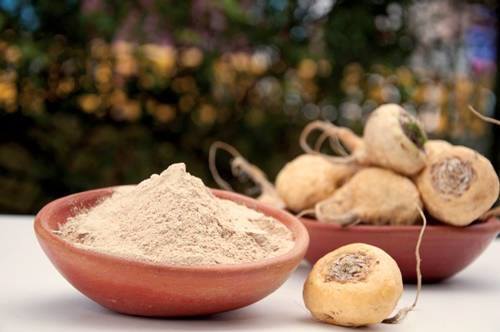
Is maca safe? Myths and truths about maca
Maca is a sacred Incan root vegetable that has been used for centuries in Peru due to its therapeutic properties....
